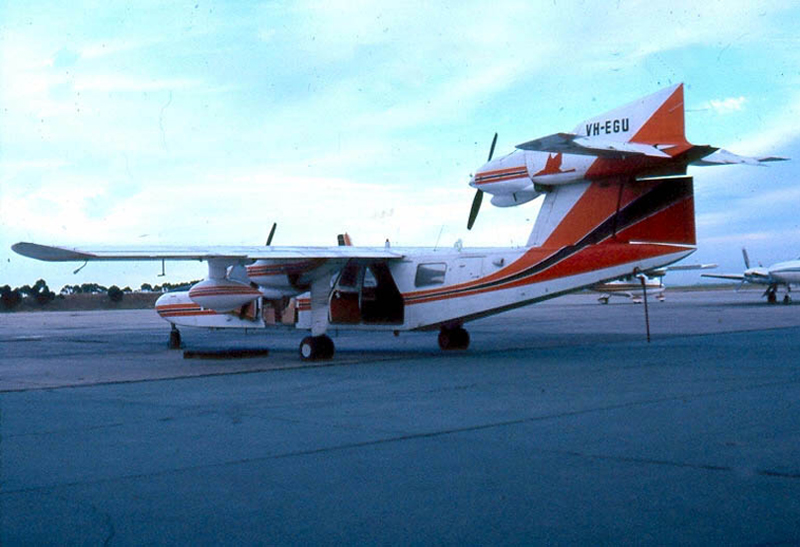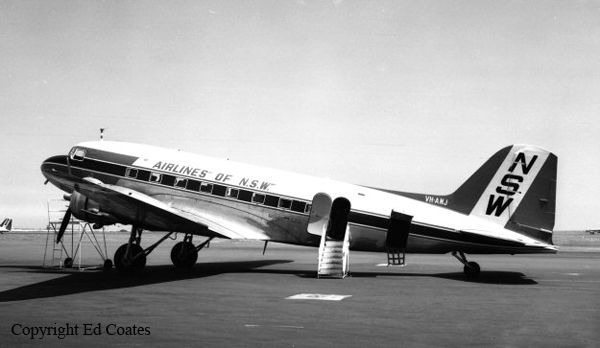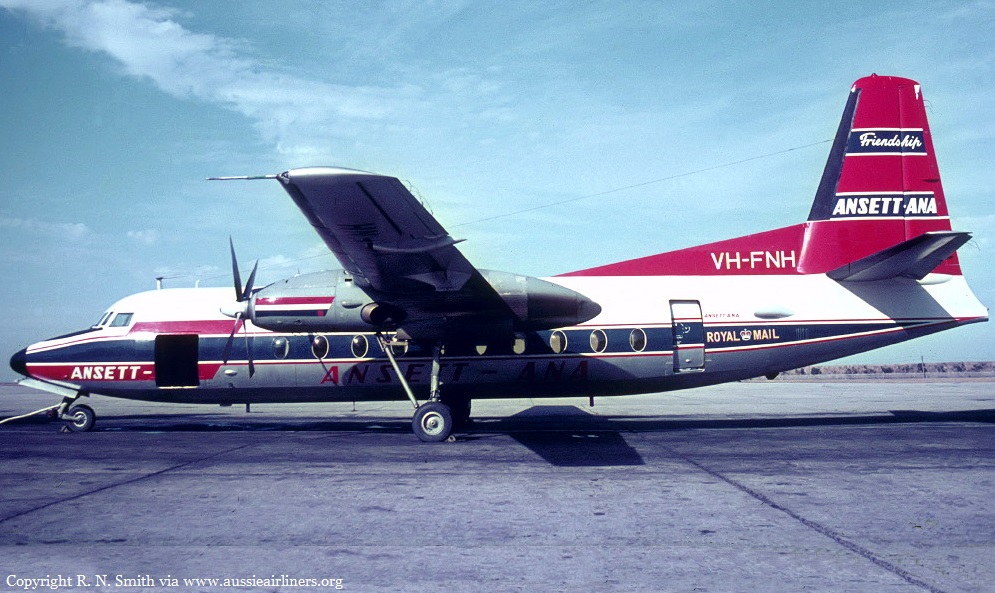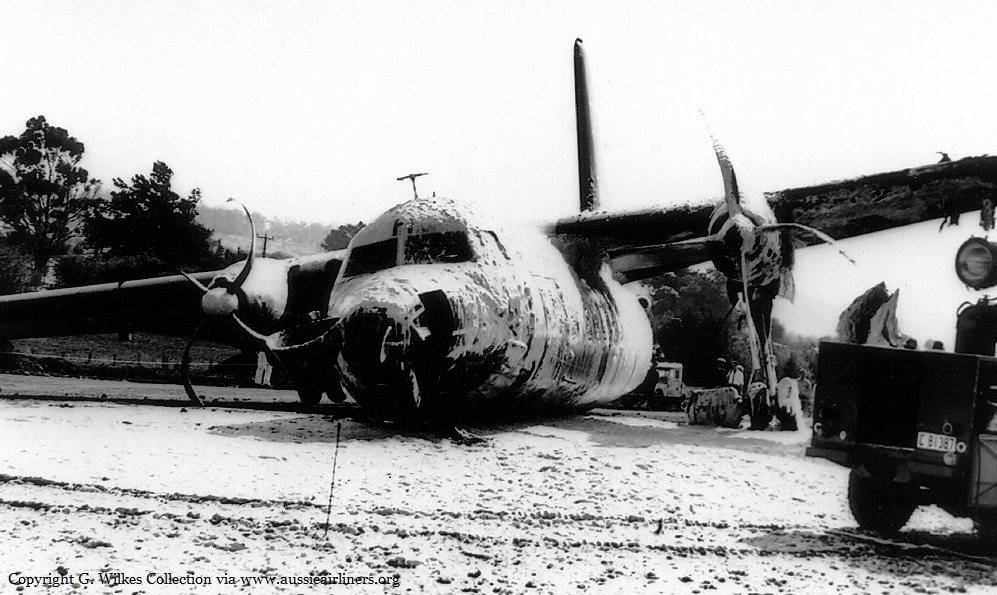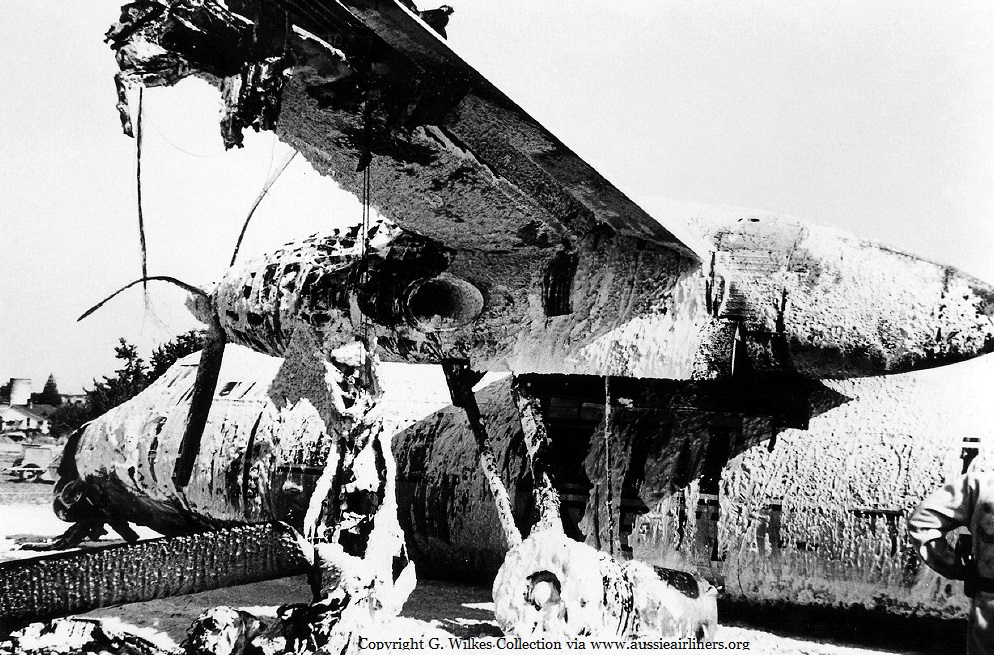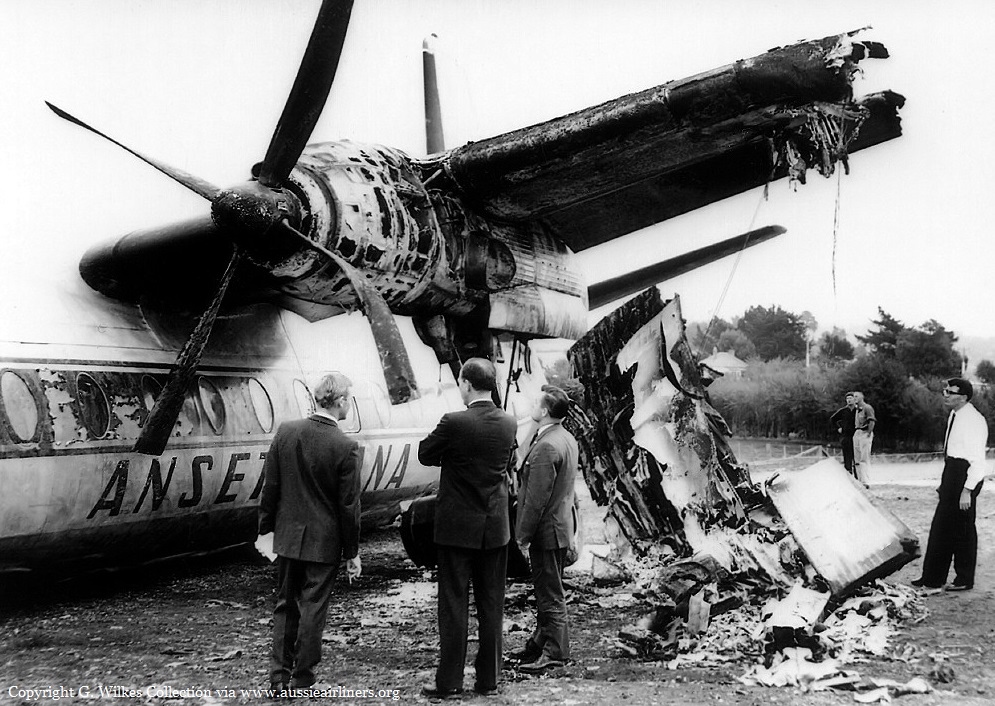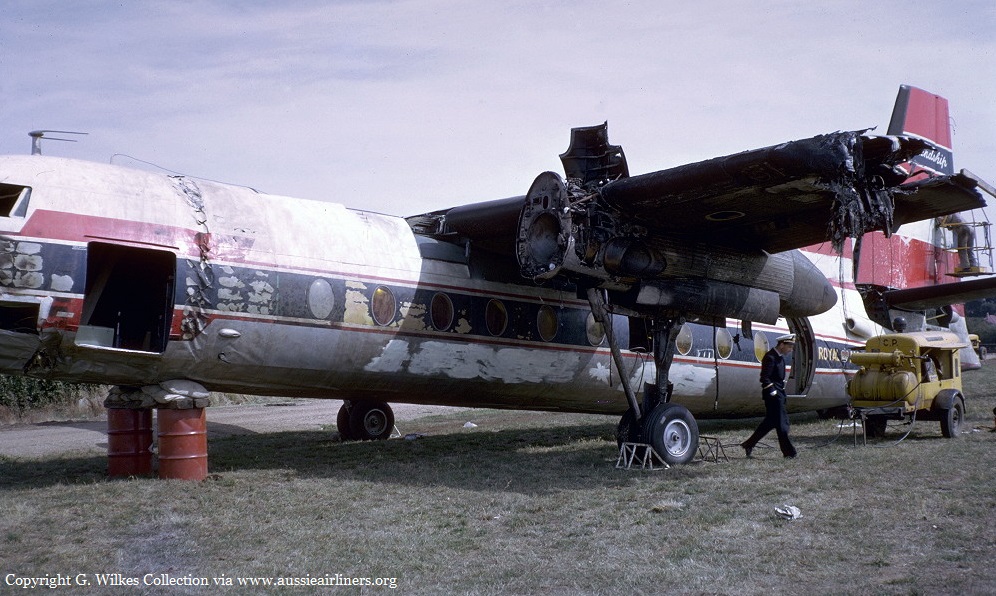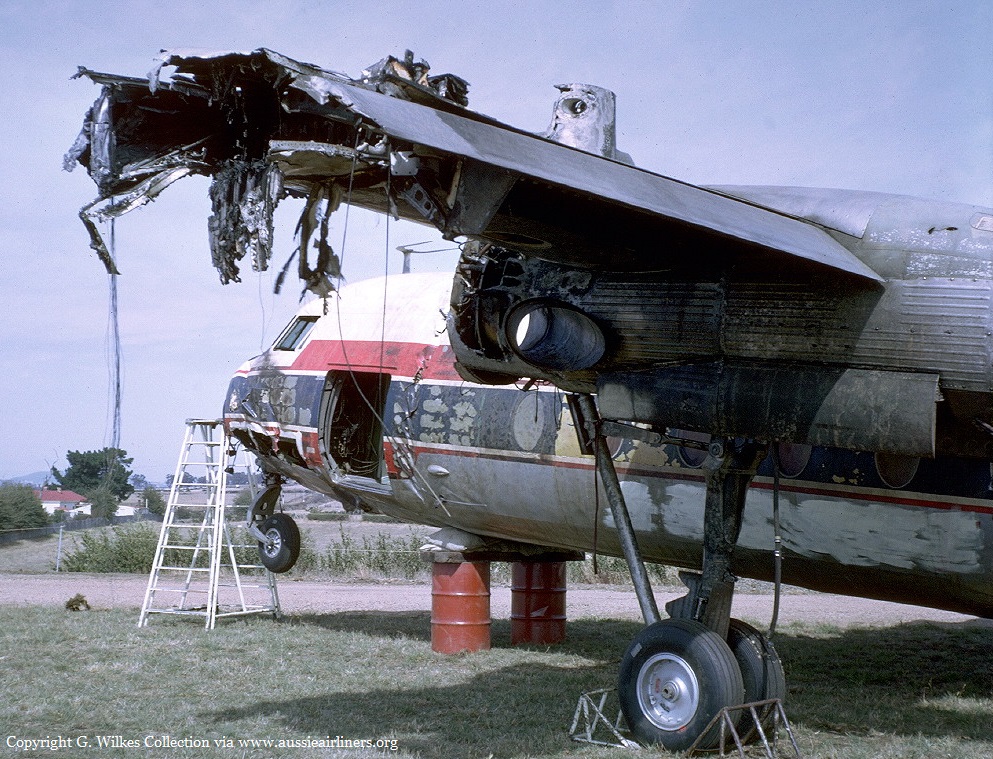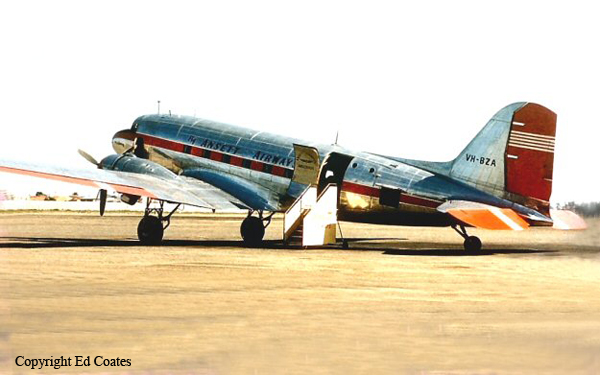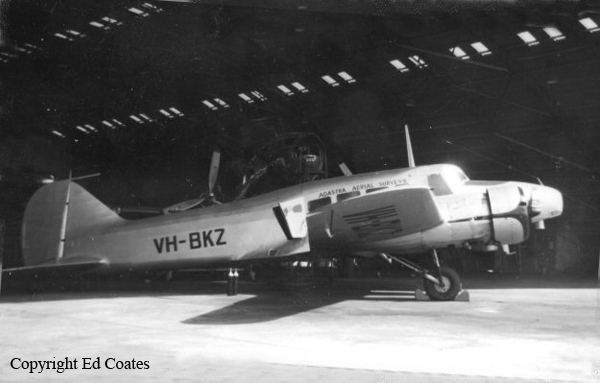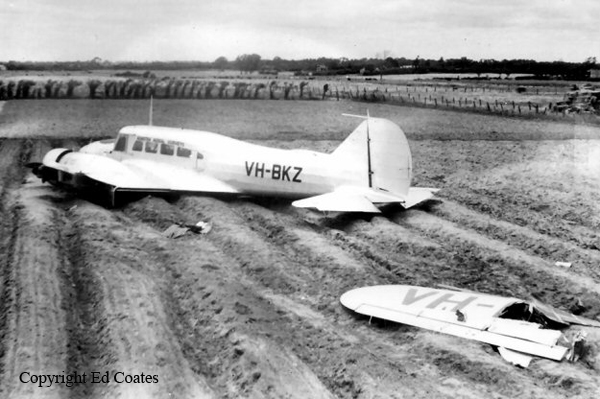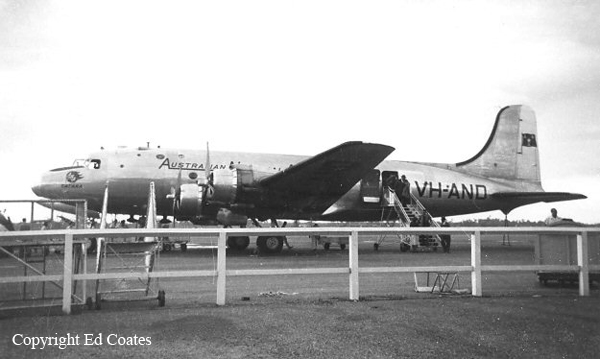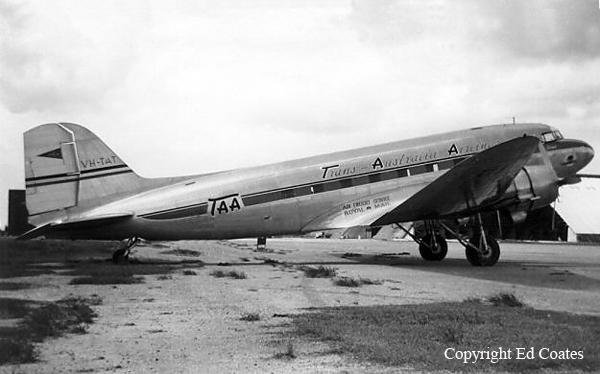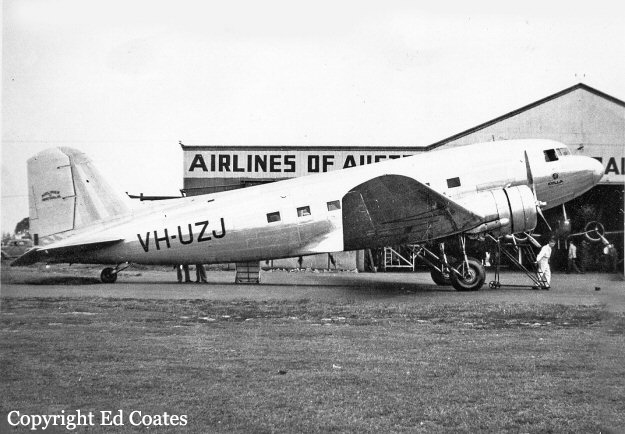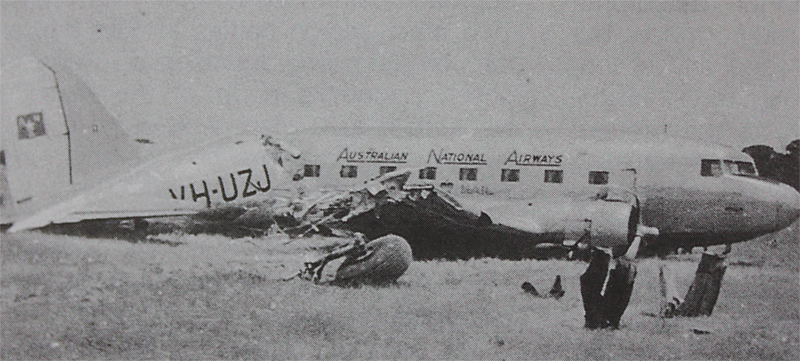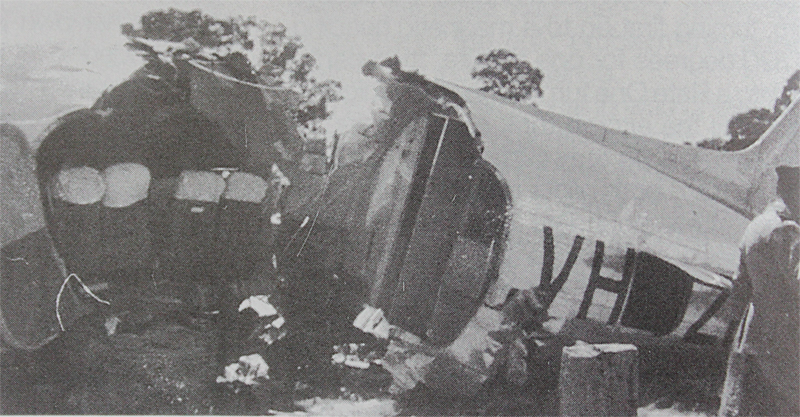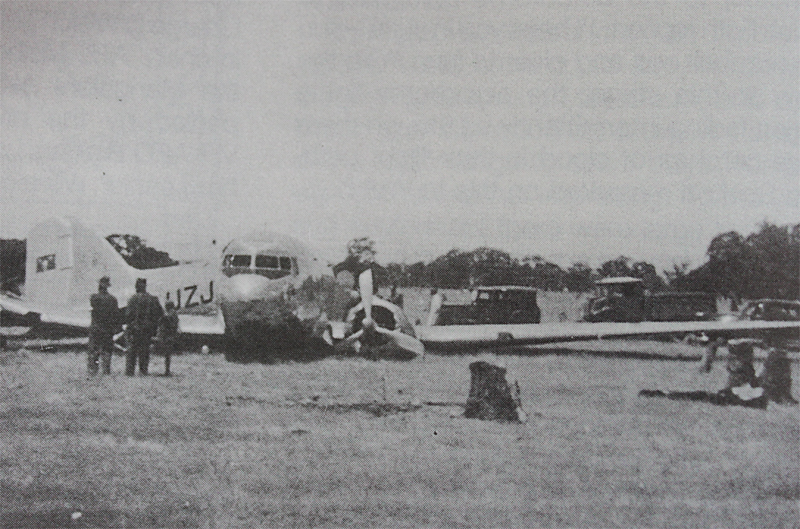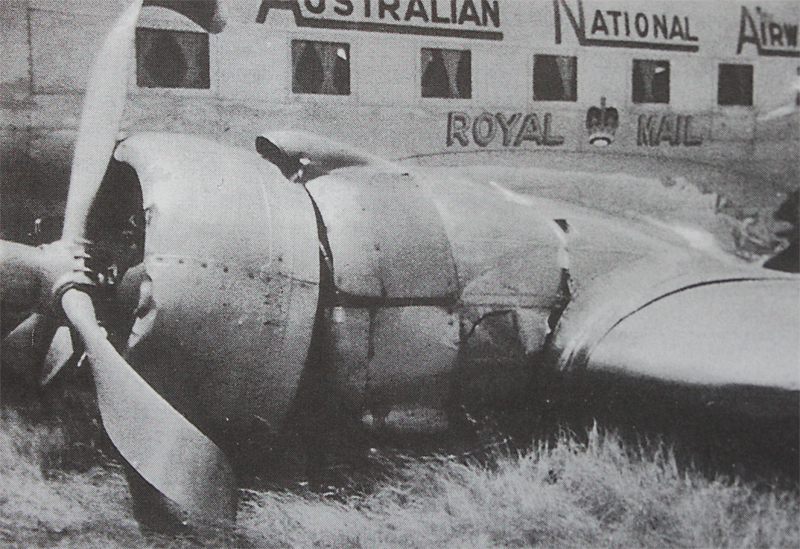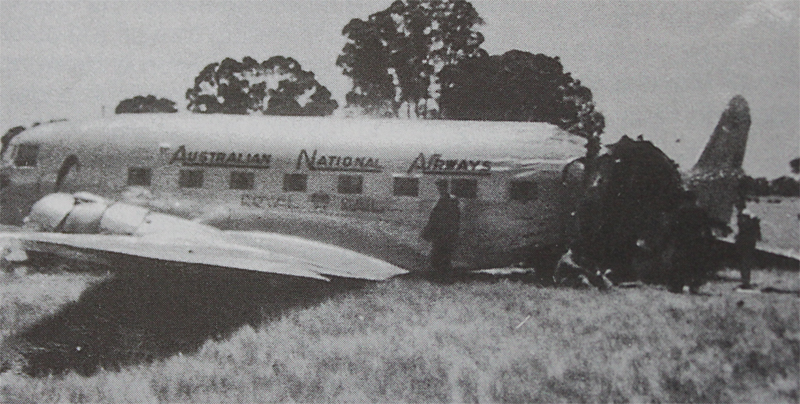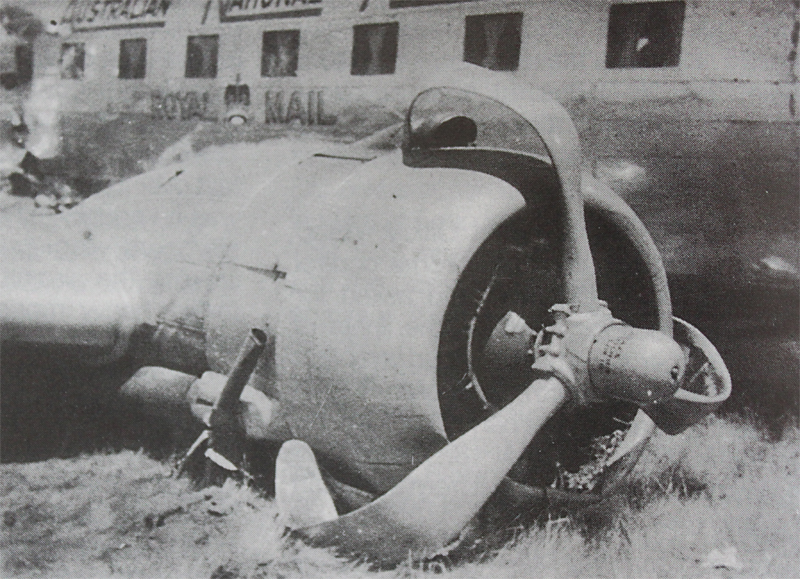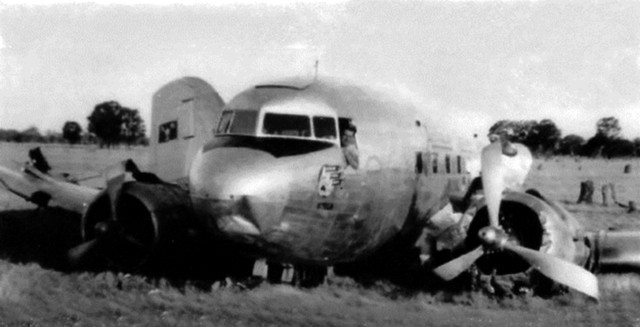Crash of a Britten-Norman BN-2A Trislander Mk.III-2 near Tumut: 2 killed
Date & Time:
Dec 16, 1980
Registration:
VH-EGU
Survivors:
No
Schedule:
Bankstown - Melbourne
MSN:
1030
YOM:
1976
Crew on board:
1
Crew fatalities:
Pax on board:
1
Pax fatalities:
Other fatalities:
Total fatalities:
2
Circumstances:
While flying over the Snowy Mountains on a cargo flight from Bankstown to Melbourne, the pilot reported icing conditions. Shortly later, the three engine airplane went out of control and crashed in a wooded area. The aircraft was destroyed and both occupants were killed. It was later reported that a cold front was coming across the area with low temperatures and icing conditions.
Probable cause:
It is believed that the loss of control was the consequence of an excessive accumulation of ice on airframe as well as on carburetors.
